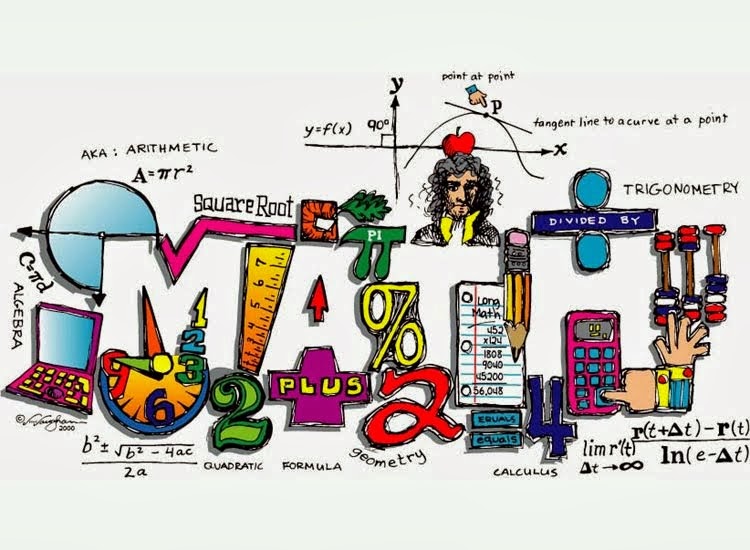According to Principles and Standards for School Mathematics that was released by National Council of Teachers of Mathematics (NCTM), there are 5 process standards that refers to " mathematical processes through which children should acquire and use mathematical knowledge." (NCTM, 2000)
1. Problem Solving Standard
Problem solving standard is the process of applying the various possibilities in solving a problem. For instance, a child may ask, how can I share 7 cookies among 3 children? They will have to brainstorm ways to distribute it evenly among each other.

2. Reasoning and Proof Standard.
It is to support and making sense to answers provided. Children might portray this standard best when collecting and collating data using charts like, graphs through surveys.
 3. Communication Standard.
3. Communication Standard.Communication standard is the process of being able to communicate ideas by talking and writing about it. Older children are able to document and record their findings in skills like estimation table and reading of a chart. A cooking activity can be a communication standard where children are to write and follow a set of measuring instructions.

4. Connection Standard.
Children may find relations in every concept to another. Like for example, a line graph can be represented by numbers or a pie chart in which it can also be converted to fractions!
 5. Representation Standard
5. Representation StandardThe use of symbolism to express mathematical ideas and relationship. As mentioned, children use different types of charts to document their findings.Another way would be using manipulative items like connecting blocks to represent non-standard measurement, or as a counting tool.

